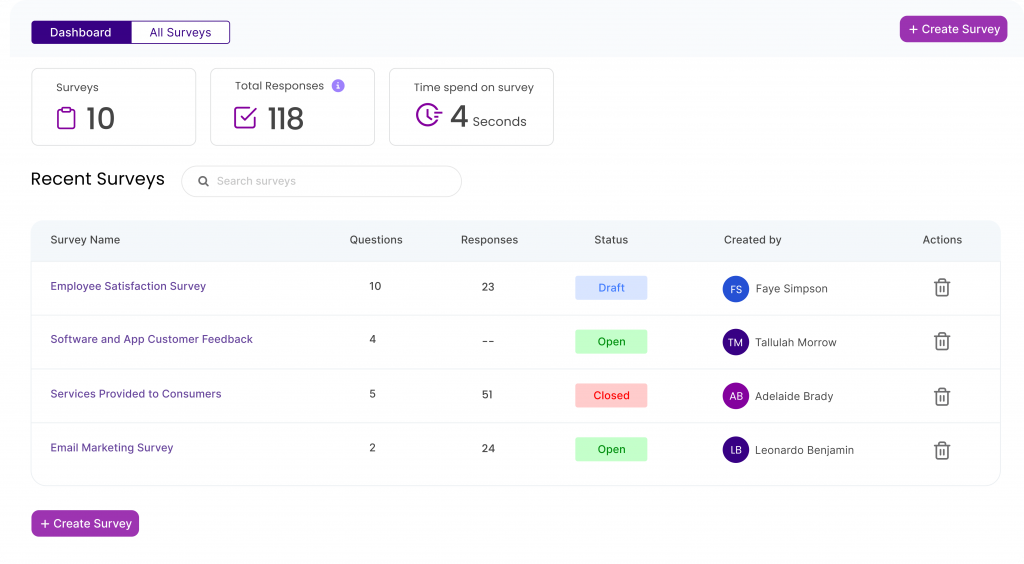8 Qualitative Research Types to Get Your Idea to MVP

The entire product design process, usually led by a product manager, can be divided into a few phases– exploration, ideation, creation, and validation.
The beauty of qualitative research is that it can benefit every phase of this process.
The beginning of the design process (exploration, ideation, and creation) is truly where the value shines due to the focus on your users, understanding what is valuable to them, and why.
The Necessity of Qualitative Research:
Trying to cater to the widest possible swath of people is a mistake. You are much better off choosing a certain audience you want to offer your product to.
You need to know the group of people or persons you are targeting who will not only like your product, but will also buy it without hesitation.
You should have an idea how old or educated this person is, what he or she does for a living, and what they earn at the job they have roughly.
This knowledge about a customer’s lifestyle allows you to find out if your eventual product aligns with the exact problem he or she faces.
This is where the value of qualitative research lies.
1. One-on-One Interviews
This is one of the most common qualitative research methods. Relatively self explanatory, this is a one on one personal interview carried out with one respondent at a time.
This method utilizes conversational methods to go into in depth details from an individual respondent.
These interviews can be conducted face-to-face or on the phone and can last anywhere from a half hour to well over two hours.
The biggest benefit of this method is to gather very precise data about what people genuinely believe and the motivations behind those beliefs. Of course, this is dependent on the researchers’ experience in asking the right questions to collect relevant data.
2. Focus Groups
This is one of the most commonly used qualitative research methods used in data collection.
Focus group’s “focus” on a limited number of respondents (6-10) within your target market.
The goal of the focus group is to answer what, why, and how questions. It’s not necessary to interact with these groups in person like it used to be as the internet has birthed new tools such as online surveys to do the heavy lifting for you.
3. Surveys
Surveys are arguably the most thorough research type.
They are applicable in both quantitative as well as quantitative analysis. This is because they invite respondents to share a story or experience, elaborate on their responses, or offer an in-depth opinion.

Through open-ended malleability of survey, as well as the rigidness of a survey, it will allow you to go as deep as examining the why behind the answers.
4. Ethnographic Research
Ethnographic research is widely considered the most in-depth observational method as it studies people in their “natural” environment.
Researchers, in this method, adapt to the target audience’s environment, which could be anything from a remote location to a city to a general organization.
The constraint, understandably, is the location of the researchers in conjunction with the respondents.
The goal is ethnographic research is to understand the cultures, motivations, challenges, and settings that occur in the everyday life of respondents.
This type of research can last anywhere from a couple of days to a few years since the research can be very, very focused.
You need an expert researcher to aptly navigate this method and observe, analyze, and infer from the data accordingly.
5. Card Sorting:
Card sorting presents users with a series of topics or categories on physical cards and has them organize them in the way that makes the most sense.
In general, it’s a great way to understand what may or may not be intuitive, as well as the kind of structure a user expects.
Its advantages are that it’s relatively easy, quick, and cheap to do successfully, especially when using an online card sorting tool.
The drawback is getting the correct demographic you’re targeting, among others.
6. Tree Tests:
Tree tests are another common form of testing. They are often used to ensure that the way a website’s UI is designed is pleasant for a user to navigate.
The test involves taking a user to a tree of the sitemap and asking them to walk through how they would go about completing a task given that they have the sitemap.
The user, however, does not have access to how the actual pages on the site would operate.
7. A/B Tests:
A/B tests are often performed when there are two competing ideas for a designer on how to implement a specific page, and they both seem equally viable.
What an A/B test does is randomly show users one version of a site and then record various analytics about how the users ended up interacting with the site as a result, and then the better version is chosen.
A/B testing is very useful when redesigning an entire website or comparing something to an older version.
8. Grounded Theory:
This methodology involves the construction of hypotheses and theories through collecting and analyzing data.
Research-based on grounded theory usually begins with a question (or some other form of collecting qualitative data).
As researchers review the data collected, ideas and/or concepts begin to emerge from the data.
These researchers then tag those ideas/concepts with codes that summarize them. As more data is collected, and re-reviewed, the more codes can be grouped into higher level concepts.
These grouped codes become the basis of a hypothesis or a new theory.
